1.4: The Sack Garden
- Page ID
- 47736
\( \newcommand{\vecs}[1]{\overset { \scriptstyle \rightharpoonup} {\mathbf{#1}} } \)
\( \newcommand{\vecd}[1]{\overset{-\!-\!\rightharpoonup}{\vphantom{a}\smash {#1}}} \)
\( \newcommand{\id}{\mathrm{id}}\) \( \newcommand{\Span}{\mathrm{span}}\)
( \newcommand{\kernel}{\mathrm{null}\,}\) \( \newcommand{\range}{\mathrm{range}\,}\)
\( \newcommand{\RealPart}{\mathrm{Re}}\) \( \newcommand{\ImaginaryPart}{\mathrm{Im}}\)
\( \newcommand{\Argument}{\mathrm{Arg}}\) \( \newcommand{\norm}[1]{\| #1 \|}\)
\( \newcommand{\inner}[2]{\langle #1, #2 \rangle}\)
\( \newcommand{\Span}{\mathrm{span}}\)
\( \newcommand{\id}{\mathrm{id}}\)
\( \newcommand{\Span}{\mathrm{span}}\)
\( \newcommand{\kernel}{\mathrm{null}\,}\)
\( \newcommand{\range}{\mathrm{range}\,}\)
\( \newcommand{\RealPart}{\mathrm{Re}}\)
\( \newcommand{\ImaginaryPart}{\mathrm{Im}}\)
\( \newcommand{\Argument}{\mathrm{Arg}}\)
\( \newcommand{\norm}[1]{\| #1 \|}\)
\( \newcommand{\inner}[2]{\langle #1, #2 \rangle}\)
\( \newcommand{\Span}{\mathrm{span}}\) \( \newcommand{\AA}{\unicode[.8,0]{x212B}}\)
\( \newcommand{\vectorA}[1]{\vec{#1}} % arrow\)
\( \newcommand{\vectorAt}[1]{\vec{\text{#1}}} % arrow\)
\( \newcommand{\vectorB}[1]{\overset { \scriptstyle \rightharpoonup} {\mathbf{#1}} } \)
\( \newcommand{\vectorC}[1]{\textbf{#1}} \)
\( \newcommand{\vectorD}[1]{\overrightarrow{#1}} \)
\( \newcommand{\vectorDt}[1]{\overrightarrow{\text{#1}}} \)
\( \newcommand{\vectE}[1]{\overset{-\!-\!\rightharpoonup}{\vphantom{a}\smash{\mathbf {#1}}}} \)
\( \newcommand{\vecs}[1]{\overset { \scriptstyle \rightharpoonup} {\mathbf{#1}} } \)
\( \newcommand{\vecd}[1]{\overset{-\!-\!\rightharpoonup}{\vphantom{a}\smash {#1}}} \)
\(\newcommand{\avec}{\mathbf a}\) \(\newcommand{\bvec}{\mathbf b}\) \(\newcommand{\cvec}{\mathbf c}\) \(\newcommand{\dvec}{\mathbf d}\) \(\newcommand{\dtil}{\widetilde{\mathbf d}}\) \(\newcommand{\evec}{\mathbf e}\) \(\newcommand{\fvec}{\mathbf f}\) \(\newcommand{\nvec}{\mathbf n}\) \(\newcommand{\pvec}{\mathbf p}\) \(\newcommand{\qvec}{\mathbf q}\) \(\newcommand{\svec}{\mathbf s}\) \(\newcommand{\tvec}{\mathbf t}\) \(\newcommand{\uvec}{\mathbf u}\) \(\newcommand{\vvec}{\mathbf v}\) \(\newcommand{\wvec}{\mathbf w}\) \(\newcommand{\xvec}{\mathbf x}\) \(\newcommand{\yvec}{\mathbf y}\) \(\newcommand{\zvec}{\mathbf z}\) \(\newcommand{\rvec}{\mathbf r}\) \(\newcommand{\mvec}{\mathbf m}\) \(\newcommand{\zerovec}{\mathbf 0}\) \(\newcommand{\onevec}{\mathbf 1}\) \(\newcommand{\real}{\mathbb R}\) \(\newcommand{\twovec}[2]{\left[\begin{array}{r}#1 \\ #2 \end{array}\right]}\) \(\newcommand{\ctwovec}[2]{\left[\begin{array}{c}#1 \\ #2 \end{array}\right]}\) \(\newcommand{\threevec}[3]{\left[\begin{array}{r}#1 \\ #2 \\ #3 \end{array}\right]}\) \(\newcommand{\cthreevec}[3]{\left[\begin{array}{c}#1 \\ #2 \\ #3 \end{array}\right]}\) \(\newcommand{\fourvec}[4]{\left[\begin{array}{r}#1 \\ #2 \\ #3 \\ #4 \end{array}\right]}\) \(\newcommand{\cfourvec}[4]{\left[\begin{array}{c}#1 \\ #2 \\ #3 \\ #4 \end{array}\right]}\) \(\newcommand{\fivevec}[5]{\left[\begin{array}{r}#1 \\ #2 \\ #3 \\ #4 \\ #5 \\ \end{array}\right]}\) \(\newcommand{\cfivevec}[5]{\left[\begin{array}{c}#1 \\ #2 \\ #3 \\ #4 \\ #5 \\ \end{array}\right]}\) \(\newcommand{\mattwo}[4]{\left[\begin{array}{rr}#1 \amp #2 \\ #3 \amp #4 \\ \end{array}\right]}\) \(\newcommand{\laspan}[1]{\text{Span}\{#1\}}\) \(\newcommand{\bcal}{\cal B}\) \(\newcommand{\ccal}{\cal C}\) \(\newcommand{\scal}{\cal S}\) \(\newcommand{\wcal}{\cal W}\) \(\newcommand{\ecal}{\cal E}\) \(\newcommand{\coords}[2]{\left\{#1\right\}_{#2}}\) \(\newcommand{\gray}[1]{\color{gray}{#1}}\) \(\newcommand{\lgray}[1]{\color{lightgray}{#1}}\) \(\newcommand{\rank}{\operatorname{rank}}\) \(\newcommand{\row}{\text{Row}}\) \(\newcommand{\col}{\text{Col}}\) \(\renewcommand{\row}{\text{Row}}\) \(\newcommand{\nul}{\text{Nul}}\) \(\newcommand{\var}{\text{Var}}\) \(\newcommand{\corr}{\text{corr}}\) \(\newcommand{\len}[1]{\left|#1\right|}\) \(\newcommand{\bbar}{\overline{\bvec}}\) \(\newcommand{\bhat}{\widehat{\bvec}}\) \(\newcommand{\bperp}{\bvec^\perp}\) \(\newcommand{\xhat}{\widehat{\xvec}}\) \(\newcommand{\vhat}{\widehat{\vvec}}\) \(\newcommand{\uhat}{\widehat{\uvec}}\) \(\newcommand{\what}{\widehat{\wvec}}\) \(\newcommand{\Sighat}{\widehat{\Sigma}}\) \(\newcommand{\lt}{<}\) \(\newcommand{\gt}{>}\) \(\newcommand{\amp}{&}\) \(\definecolor{fillinmathshade}{gray}{0.9}\)
Learning Goals
In this chapter, you will learn to:
- Print the alphabet in order using upper case letters
- Hear, read, and write words with a short /e/
- Hear, read, and write words with a long /e/ (spelled ee)
- Copy short sentences
- Read common sight words in a paragraph
- Answer questions about a story
- Describe the sequence of a story
- State an opinion about a reading
- Use an upper case letter to begin a person’s name
Talk About it
- Have you ever had a garden? What did you grow?
- What did you like about having a garden?
- What was hard about having a garden?
Picture Dictionary | ||
Use the pictures to help you figure out the words. | ||
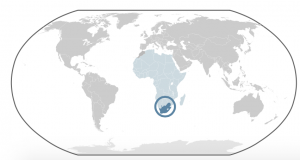 | 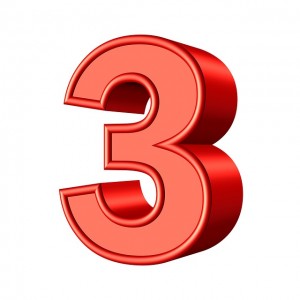 |  |
| South Africa | three | white |
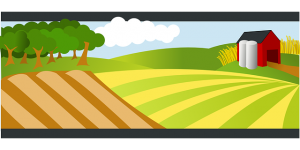 |  |  |
| farm | money | land |
 |  | 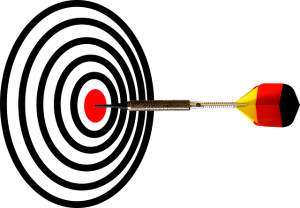 |
| sack | rock | middle |
 |  | 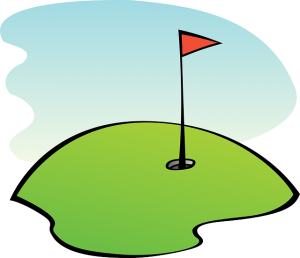 |
| dirt | one | hole |
Practice reading these words without the pictures. | |||
| one | sack | land | dirt |
| South Africa | hole | money | three |
| white | middle | farm | rock |
Word Skills
The letters a, e, i, o, and u are called vowels. Vowels have short sounds and long sounds. So far, you have looked at short vowel sounds:
- A short /a/ says /a/ like in apple.
- A short /i/ says /i/ like in itch. A short /o/ says /o/ like in octopus.
- A short /u/ says /u/ like in up.
Word Patterns
A short /e/ makes an /e/ sound like in Expo.

Match each word to a picture.
| bed | pet | net | red |
| web | pen | wet | vet |
 |  | 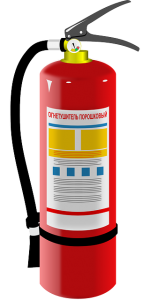 |
| 1. ____________ | 2. ____________ | 3. ____________ |
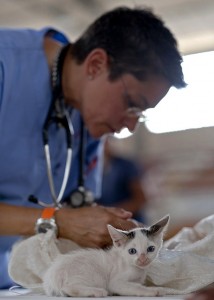 |  |  |
| 4. ____________ | 5. ____________ | 6. ____________ |
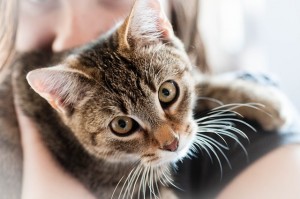 |  | |
| 7. ____________ | 8. ____________ |
Word Patterns
Vowels can also make a long sound. The letters ee make a long /e/ sound like in jeep.

Match each word to a picture.
| see | bee | green | weed |
| tree | feet | three | feed |
 | 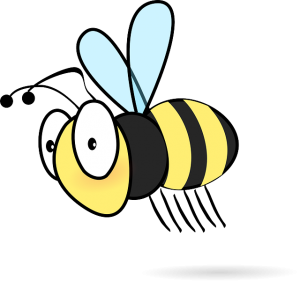 |  |
| 9. __________ | 10. __________ | 11. __________ |
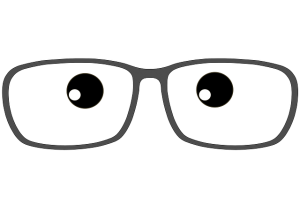 | 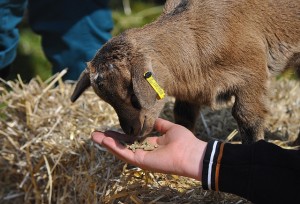 |  |
| 12. __________ | 13. __________ | 14. __________ |
 | 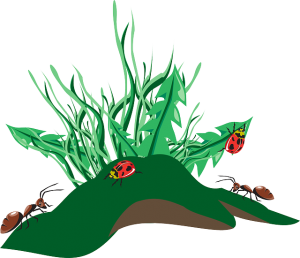 | |
| 15. __________ | 16. __________ |
Pick the word that matches the picture. | |||
| 17. |  | wet | weet |
| 18. |  | neet | net |
| 19. |  | weed | wed |
| 20. |  | se | see |
| 21. |  | web | weeb |
| 22. |  | peet | pet |
Read these sentences. Then copy them. Use upper case letters correctly. Use periods and question marks correctly. |
| My pet is at the vet. |
 |
| I did not see the bee. |
 |
| I got my feet wet. |
 |
| This is a red pen. |
 |
| She is not in bed. |
 |
You will see these words in the reading. They have the short /e/ sound like Expo.
| Meg | rest | eggplant |
You will see these words in the reading. They have the long /e/ sound like jeep.
| three | feed | weeds |
| green | need |
Use Your Reading Skills
Listen to The Sack Garden. Then read The Sack Garden in BC Reads: Adult Literacy Fundamental English – Reader 1.
An audio element has been excluded from this version of the text. You can listen to it online here: opentextbc.ca/abealf1/?p=55
Check Your Understanding
1. Where does Meg live?
Meg lives in _____________________.
2. Who owns most of the farmland in South Africa?
_____________________ own most of the farmland in South Africa.
3. What does Meg use to grow a garden?
Meg uses a _____________________ to grow a garden.
Are these sentences true? Circle yes or no.
| 4. A sack garden costs a lot of money. | yes | no |
| 5. A sack garden takes up a lot of room. | yes | no |
| 6. A sack garden does not have many weeds. | yes | no |
7. How do you make a sack garden? Put these steps in the right order (1, 2, 3).
_____ Make little holes in the side of the sack.
_____ Put dirt and rocks in the sack.
_____ Put plants in the holes.
Writing
Write all the letters of the alphabet in order. Use upper case letters.
__________________________________________________________________
__________________________________________________________________
__________________________________________________________________
Grammar Rule
Use an upper case letter at the beginning of a person’s name.
This is Meg. – YES
This is meg. – NO
Write your full name on the line below. Use upper case letters to begin each name.
_______________________________________________________
Find a classmate. Write their full name on the line below. Use upper case letters to begin each name.
_______________________________________________________
Find another classmate. Write their full name on the line below. Use upper case letters to begin each name.
_______________________________________________________
Writing Task
Have you ever had a garden?
If so, tell your instructor about your garden. Your instructor will write down your words. Then copy your story into your notebook.
If not, imagine you were going to plant a garden. Think about what you would want to grow. Your instructor will write down your words. Then copy your story into your notebook.
When you are done, read your story.
- Did you begin each sentence with an upper case letter?
- Did you use an upper case letter at the beginning of a person’s name?
- Did you end each sentence with a period or question mark?
- Are you missing any words?
Answer Key | |
| Word Skills | |
| QUESTION | ANSWER |
| 1 | web |
| 2 | net |
| 3 | red |
| 4 | vet |
| 5 | pen |
| 6 | bed |
| 7 | pet |
| 8 | wet |
| 9 | green |
| 10 | bee |
| 11 | feet |
| 12 | see |
| 13 | feed |
| 14 | tree |
| 15 | three |
| 16 | weed |
| 17 | wet |
| 18 | net |
| 19 | weed |
| 20 | see |
| 21 | web |
| 22 | pet |
| Check Your Understanding | |
| QUESTION | ANSWER |
| 1 | South Africa |
| 2 | white people |
| 3 | sack |
| 4 | no |
| 5 | no |
| 6 | yes |
| 7 | 2, 1, 3 |
| Writing | |
| A B C D E F G H I J K L M N O P Q R S T U V W X Y Z | |
Attributions
See the Attributions page near the end of this book.


